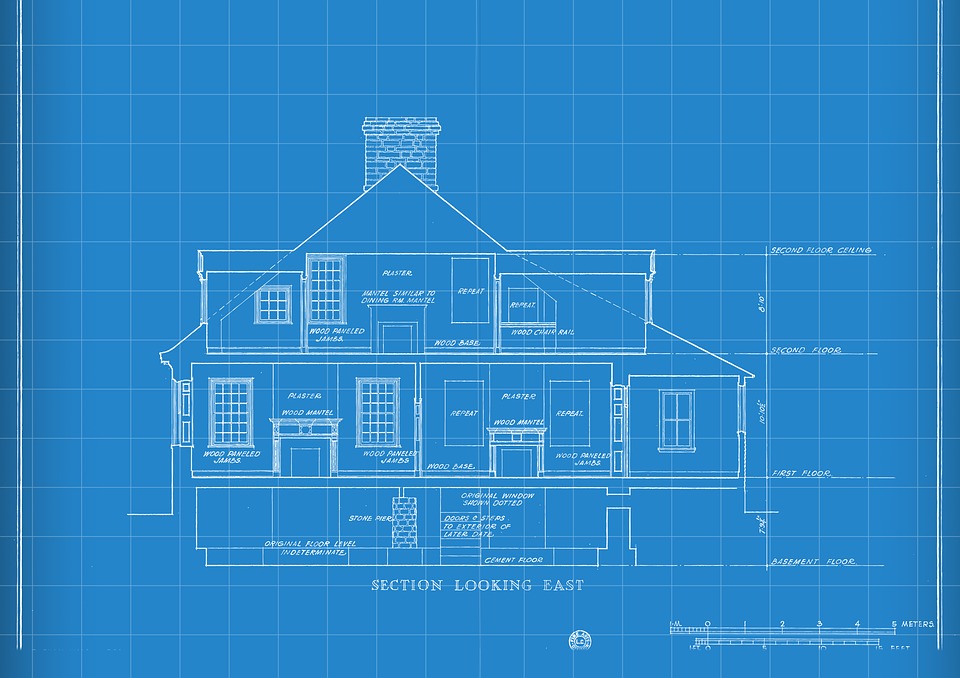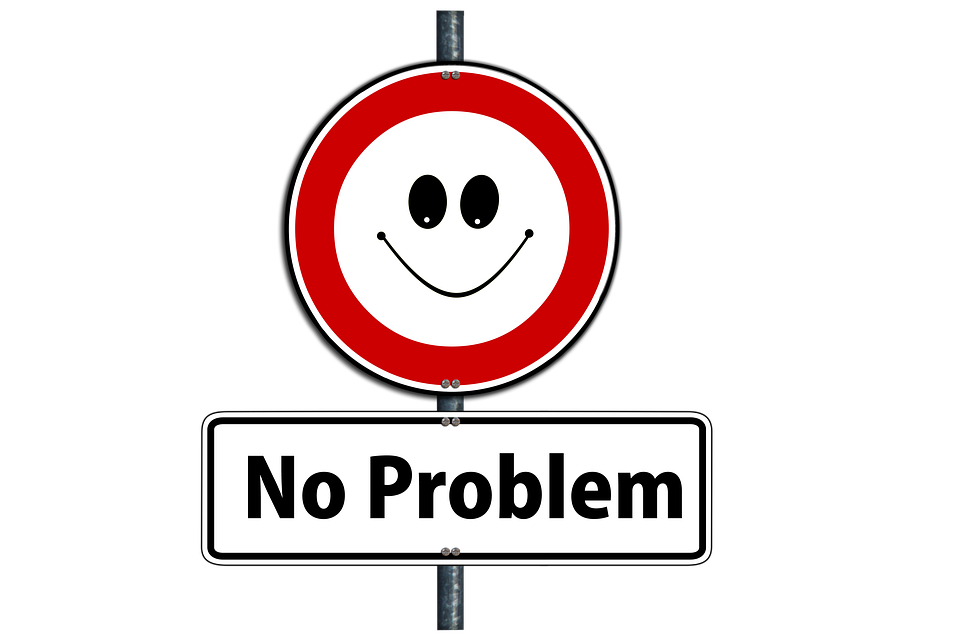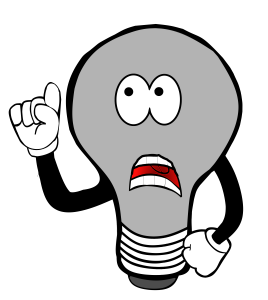If you’re beginning the work to develop your dissertation or thesis research, you might need help grasping the role of the theoretical or conceptual framework, or even what these terms mean. The theoretical or conceptual framework is an extremely important piece of your study, and so it’s of course very important that you understand what these are and how they function in your study.
The lack of appropriate theory to guide and structure your research can result in all kinds of unhappy outcomes, which can even include having to rewrite much of your first three chapters if a particularly picky (or insightful!) committee member spots misalignment of your framework to your study’s foundational aims and assumptions. A big part of our dissertation assistance is centered around providing help to master’s and doctoral candidates to plan and align their proposed studies, and getting the theoretical or conceptual framework just right is always a part of that process.
Even after you move forward to post-graduate publications, novice researchers often find to their horror that peer-reviewed journals very commonly flat-out decline to accept research articles that do not show sufficient attention to or mastery of theory as applied to the study (Grant & Osanloo, 2014).
It’s also really important to understand how the theoretical or conceptual framework comes into play in the discussion of your results as well, and planning ahead mindfully can save you whole mountain of heartache later on down the road in your study. So, let’s go over the meanings of theoretical and conceptual frameworks, and talk about how to set these up so that they make sense in your study.
What is a Theoretical Framework?
The theoretical framework is often considered one of the most difficult aspects of the dissertation to develop, and ideally this explanation will help you to see how these frameworks function in your study. In spite of how challenging it is to construct and apply to your study, the truth is that many graduate programs don’t spend too much time explaining how they function (Grant & Osanloo, 2014). This lack of guidance leads many novice researchers to seek out a dissertation consultant to partner in this challenging work.
You might be working on your prospectus or proposal using a rubric or checklist that lays out the requirements of your theoretical framework section, but that doesn’t typically provide you with the level of explanation that you’ll need to work adeptly with the theory and concepts at play in your study, whether this will involve quantitative or qualitative analysis. At best, these guidelines might help you to fake your way through the section of your chapter 1 or 2 for this piece of your proposed study, but I think we can aspire to a higher level of mastery of this aspect of your study. So, let’s look at one definition of theoretical framework here, to kick off this discussion:
The theoretical framework is the foundation from which all knowledge is constructed (metaphorically and literally) for a research study. It serves as the structure and support for the rationale for the study, the problem statement, the purpose, the significance, and the research questions. The theoretical framework provides a grounding base, or an anchor, for the literature review, and most importantly, the methods and analysis. (Grant & Osanloo, 2014)
Because “all knowledge” relies on the theoretical foundations of the study, it is clearly a very important component to get right, lest you turn out findings that cannot be rightly considered “knowledge” (meaning, they will be considered a pile of meaningless garbage). In fact, illustrating the vital role of this feature of your study, researchers very often use the metaphor of “blueprint” when describing the role and functions of the theoretical framework in quantitative or qualitative research. Grant and Osanloo (2014) suggested that building your study is akin to building a house, and without the blueprint you’d be lost for sure!
The blueprint metaphor is definitely catchy, and perhaps can help to give you a sense of how important the framework is to the design of your dissertation, but clearly there are differences between building a house from a blueprint and developing a study based on a theoretical framework. Building a house based on a blueprint entails creating a physical structure that aligns with the visual representation of the structure in written form.
But, studies are about connecting a collection of ideas and information, facts and hypotheses, together in a logical structure that aligns with another logical structure conveyed through words. This logical structure must also take into account properties and assumptions of quantitative or qualitative research and analysis strategies as well. This definitely creates some challenges, and it might be hard to know when you’re going in the wrong direction with your logical “blueprint.” I mean, if you try to build an actual house from a faulty or incorrect blueprint, you’ll probably start to suspect that you’re off track when walls start falling down or rooms are built without doors, etc. But, your study is really just a whole lot of words, and a poorly aligned theoretical framework will not have such shocking or clearly bad results (until you submit the thing and your chair says, “Nope, rewrite the whole thing,” which is clearly a shocking and bad result!).
So, let’s get out of this land of abstraction and metaphor, and start talking about how you actually go about picking out a theoretical framework and developing this to align with your research problem and purpose.
How Do You Select an Appropriate Theoretical Framework?
We’ll get into a discussion of how to make this selection in a hypothetical thesis or dissertation, but to help clarify this process, let’s first have a look at some steps suggested by Grant and Osanloo (2014):
- Begin by identifying your beliefs.
- Consider several theories that intersect nicely with your epistemological values and broaden your way of thinking about the concepts in your study.
- Develop a working knowledge of the theories and understand why each theory is important to you.
- Conduct a brief literature review to find support for your theories.
- Consult the ProQuest Dissertations and Theses Database to review how others have applied the specific theories you are considering.
- Consider arguments that oppose your beliefs and theories.
- Apply answers to “how” the theory connects to your problem, the study’s purpose, significance, and design.
- Select one theoretical framework that provides a solid, descriptive ‘blueprint’ for your reader. (p. 19)
In the course of providing dissertation consulting, we often explain that the theoretical framework needs to mesh logically with all major components of your study: the problem, purpose, research questions, significance, and data collection and analysis. As you conduct the literature review required to gain a sense of the problem and research gap for your study, pay attention to how other researchers use theories either alone or in combination to create this underlying, connecting logic for their studies. Viewing examples is often so helpful in making sense of this very abstract process, and so let’s do that here as well.
Let’s imagine that you’re conducting your dissertation or thesis research in your field of passion, education. You’ve always been one to offer help where it’s needed, and so learning more about optimal learning environments is of deep concern for you. You’ve been teaching for a while and have observed that different children seem to learn differently based on the nature of the surrounding environment, and that some seem to really do well in a high-stimulation context while others thrive when the environment is calmer and quieter. So, what gives? You have some hypotheses but aren’t really sure what’s up here. As a good little doctoral or thesis candidate, you go into the recent research literature to see what others have turned up on these matters.
With regard to stimulation levels, you come across the Yerkes-Dodson Law, which shows the relationship between physiological arousal and performance, which applies to a huge variety of human activities from sports to academics. Of interest to your inner statistician, you also note that there is a state of “optimal arousal” that is represented by the tip of an inverted u-curve, where physiological arousal is high enough to sustain excellent performance but not so high that performance starts to fall off.
If you’re going to investigate student performance in relation to classroom stimulation levels, then, it makes sense to use the Yerkes-Dodson Law in your theoretical framework, because this is a well-developed theory (so well-developed that we call it a law!) that connects physiological arousal with performance.
So far, so good! But, this isn’t really groundbreaking research at this point, and your chair gives you the “so what?” talk, telling you that you need to work harder to locate a research gap for your study (one of the most frequent reasons for seeking out a dissertation coach!). So, you do more reflection and reviewing of the literature, and you come across research that points to the importance of not just the environment for affecting physiological responses, but also the degree of control people have over the environment.
After reading about experiments where people were subjected to noisy environments in conditions where they either did or did not have control over the noise, you learned that results of statistical analysis indicated that those who had (or even perceived that they had) control over the stimulation levels reported lower levels of stress. This makes you wonder if stress, arousal, control over the stimulation levels, and academic performance might be related in some way. You run that by your chair, all excited from the potential of breaking new ground with your study, and her response is, “Well, OK, you have a gap, but what’s your theoretical justification for this study?”
Ugh! It’s always something, but you will persevere! So, how do you figure out what’s needed in this segment of your thesis or dissertation? It will definitely help to look at your variables and their possible connections. You have (a) environmental stimulation, (b) physiological arousal, (c) control, and (d) performance. What you need to do, then, is find a way to work control over the stimulation in the environment into your framework. You start digging again through theoretical literature, searching on the term “control,” and you find self-determination theory pops up as a hit.
In reading about self-determination theory you learn that autonomy, or control, is one of three core dimensions of the theory. That’s promising. You also find research reporting statistical analysis outcomes that connected high levels of self-reported self-determination with better stress and arousal regulation, which is perfect!
What you can do now is meld together the core propositions of Yerkes-Dodson and self-determination theory into one comprehensive framework in your dissertation or thesis that you can propose that might help to explain the relationships between environmental stimulation, physiological arousal, control over the environment, and performance on academic tasks.
You might then hypothesize that control over the stimulation level in an environment allows students to build up to and maintain a level of optimal arousal, which will maximize performance, without going over the curve into the region of diminishing returns where performance falls off. Then, you set up an experimental study where you’ll randomly assign students to 18 different treatments to examine how all of these variables interrelate. That’ll be easy!
Maybe you noticed that this discussion revolved around a quantitative study, and you’re wondering how the framework for a qualitative study should be set up. Well, many would say that a theoretical framework isn’t fitting for qualitative research, as this is not a theory-driven or theory-testing paradigm. There is some debate and discussion about this, and in many doctoral programs it is perfectly fine to use a theoretical framework to guide and structure your inquiry. But, some researchers and graduate programs call for a conceptual rather than theoretical framework for studies using qualitative research and analysis, so let’s talk about the differences between the two in the following section. (And if you’re debating a qualitative or a quantitative methodology for your study, we can help you think through that decision, too!)
How Does a Conceptual Framework Differ from a Theoretical Framework?
There is some debate over whether these truly differ, but for our purposes here we’ll just go with the dominant assumption that these are distinct from each other. In many programs, you’ll be required to use a theoretical framework for quantitative studies relying on various forms of statistical analysis, and a conceptual framework for qualitative research.
This is not always so, however, and many doctoral programs are fine with you using a theoretical framework to guide qualitative research and analysis. So, what’s the difference? Imenda (2014) develops this discussion by first going over the definitions of “theory” and “concept,” which we’ll do here as well:
A theory is a set of interrelated concepts, which structure a systematic view of phenomena for the purpose of explaining or predicting. A theory is like a blueprint, a guide for modeling a structure. A blueprint depicts the elements of a structure and the relation of each element to the other, just as a theory depicts the concepts, which compose it and the relation of concepts with each other. (Imenda, 2014, pp. 186-187)
Again with the blueprint thing! Let’s clarify by going back to some specific theories, so that you can see how this metaphor applies in the actual literature. If you have a look at self-determination theory again, you’ll see that Deci and Ryan (2011), through years of theory-testing research, arrived at their theory which places three core areas of experience at the heart of self-determination. These are (a) autonomy, (b) competence, and (c) relatedness.
When humans experience higher levels of control and choice, skills and ability, and social connectedness with each other, they are considered more self-determined. This state of self-determination is connected with stronger motivation and a range of positive social and health outcomes, making it a very useful framework for understanding a pretty huge variety of variables in research involving human experiences and outcomes in both quantitative and qualitative research.
Now let’s take a look at the definition of concept, which is by no means a straightforward one to grasp. Chinn and Kramer (1999) suggested that concepts “convey the abstract ideas within a theory” (p. 252). Further clarifying, they also proposed that a concept represents a “complex mental formulation of experience” (p. 252). On the other hand, Liehr and Smith (1999) suggested that a concept is “an image or symbolic representation of an abstract idea” (p. 7). OK, I see.
Given these definitions, then, how might we connect this with the “framework” aspect of theoretical versus conceptual frameworks? Let’s see what the experts have to say:
We distinguish the two terms by clarifying that a theoretical framework is derived from an existing theory (or theories) in the literature that has already been tested and validated by others and is considered a generally acceptable theory in the scholarly literature. (Grant & Osanloo, 2014, p. 16)
In other words, if you’re setting up a theoretical framework for your dissertation or thesis, it will help to search the literature for actual theories that already exist, and that are recognized as theories. A theory isn’t a hunch or hypothesis, as it’s commonly considered in everyday talk, but instead is the result of rigorous and repeated research that reliably connects the core components of the theory with each other in some meaningful way. For example, well-established theories are those such as transformational leadership theory, the transactional theory of stress and coping, and ecological systems theory. Let’s now turn to the conceptual framework:
On the other hand, a conceptual framework, in our view, is the researcher’s understanding of how the research problem will be explored, the specific direction the research will have to take, and the relationship between the different variables in the study. (Grant & Osanloo, 2014, pp. 16-17)
As an example, if you are conducting qualitative research to explore women’s experiences of exclusion from strategic decision-making conversations in male-dominated online ping-pong clubs, you might consider something like feminist standpoint theory as a theoretical framework.
However, the concepts at work in your conceptual framework might relate to things like gender discrimination processes, power as exercised through social networking, exclusion as a means of disenfranchisement, etc. In most cases you’ll be expected to create a figure to illustrate the framework. This type of visual can help the reader of your dissertation or thesis to see how the various components of your conceptual framework are related.
How Do I Make Sure I’m Picking the Best Framework for My Study?
Hopefully you’re feeling clear on the difference between the theoretical and conceptual frameworks now, and are ready to get going on the process of picking out your framework. Let’s recap the questions that Grant and Osanloo (2014) suggested you ask yourself when taking care of this super important process in developing your study:
- Which discipline will the theory be applied to?
- Is the theory an appropriate fit with the methodological plan?
- Does the study’s methodology draw from the principles, concepts, and tenets of the theoretical framework?
- How big is the theory? Is it well developed, with many theoretical constructs that require investigation or too small in scope to fit with the topic? Have specific concepts and theoretical principles been selected to meet the objectives of the study?
- Do the problem, purpose, and significance of your study align well with the theoretical framework?
- Can the theory be used in conjunction with the research questions being developed? Or do research questions need to be modified to incorporate and reflect theory defined a priori?
- How does the theoretical framework inform your literature review?
- Does the data analysis plan utilize codes determined a priori based on the selected theoretical framework? Or does the data analysis plan allow for the development of grounded, a posteriori codes that can be connected to a new, evolving theoretical framework?
- Does your theoretical framework undergird your conclusions, implications, and recommendations based on the data analysis? (p. 20)
Hopefully this has all been helpful in determining an optimal pathway to the perfect theoretical or conceptual framework for your dissertation or thesis, and best of luck!
References
- Chinn P. L., & Kramer M. K. (1999). Theory and nursing: A systematic approach. 5th Edition. St Louis, USA: Mosby.
- Deci, E. L., & Ryan, R. M. (2011). Self-determination theory. Handbook of theories of social psychology, 1(2011), 416-433.
- Grant, C., & Osanloo, A. (2014). Understanding, selecting, and integrating a theoretical framework in dissertation research: Creating the blueprint for your “house”. Administrative Issues Journal, 4(2), 12-26. doi:10.5929/2014.4.2.9
- Imenda, S. (2014). Is there a conceptual difference between theoretical and conceptual frameworks?. Journal of Social Sciences, 38(2), 185-195. doi:10.1080/09718923.2014.11893249
- Liehr P., & Smith, M. J. (1999). Middle range theory: Spinning research and practice to create knowledge for the new millennium. Advances in Nursing Science, 21(4), 81-91.










